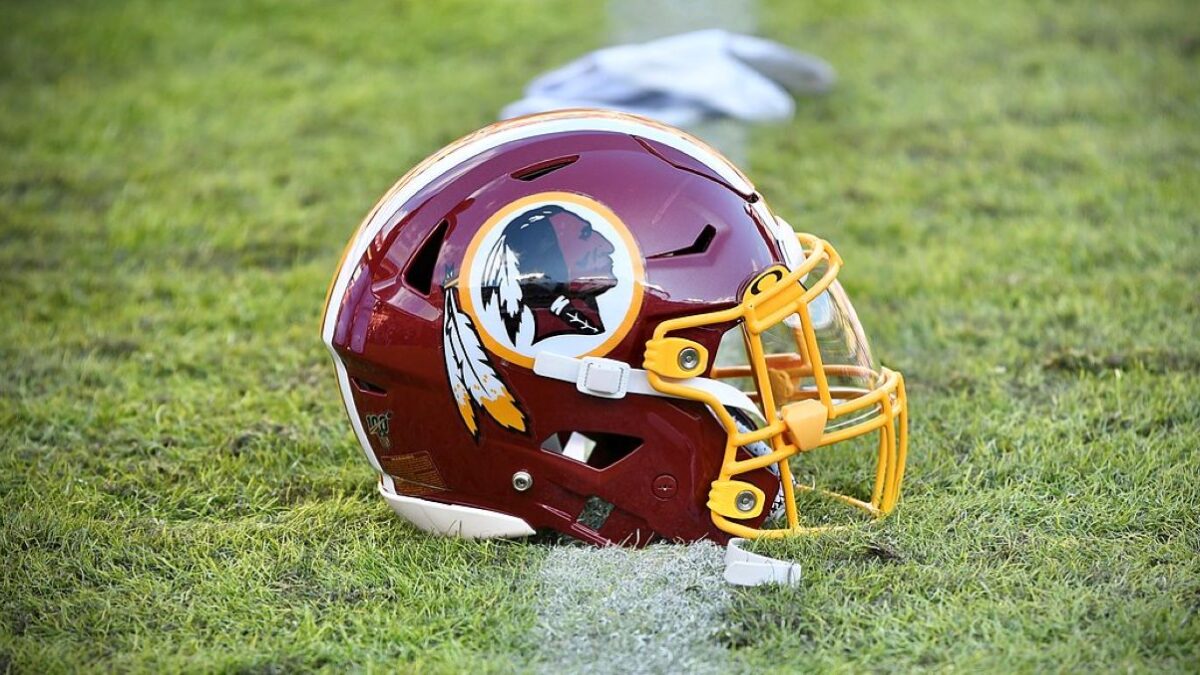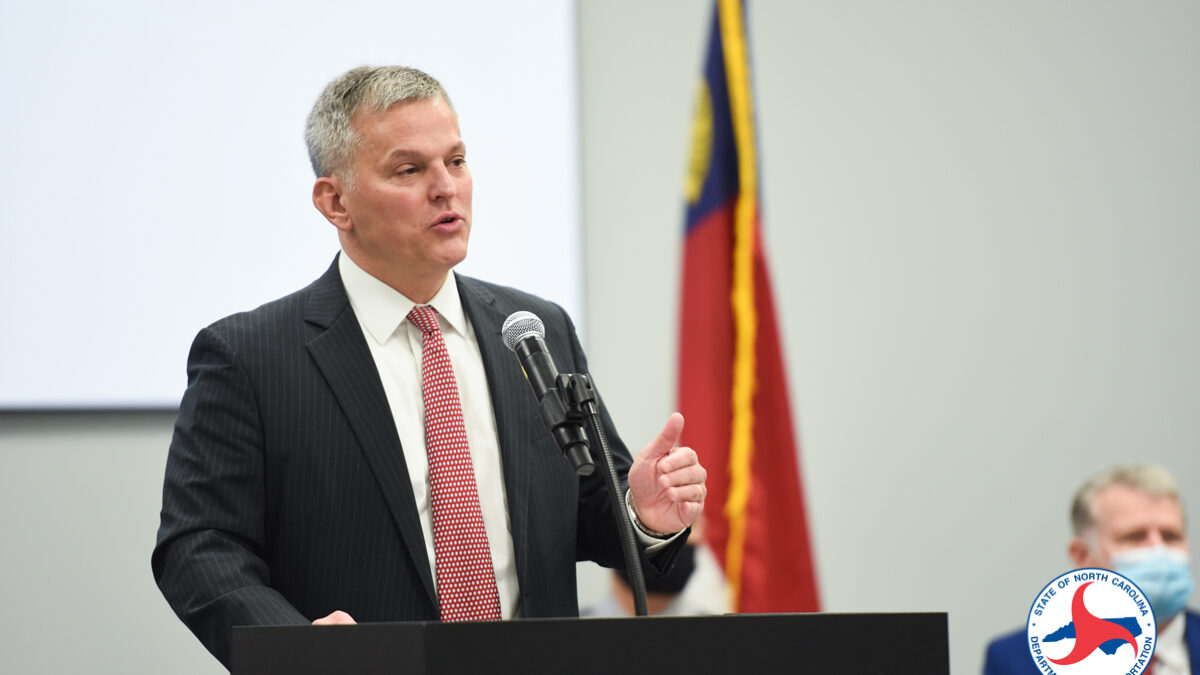Fyre Fest lends itself to easy symbolism: the vapidity of millennial decadence, the crumbling of a digital fantasy. Between Netflix and Hulu, two compelling 90-minute autopsies of the disaster have now expanded on the story of Billy McFarland’s spectacular fraud.
A particular shot in Hulu’s postmortem stands out: The impossibly blue waters of the ocean on one half, undulating against a gray and rocky industrial land plot on the other — a paradise that never was. The side-by-side basically crystallizes Fyre’s narrative into a large-scale Pinterest Fail.
Of course, the consequences of Fyre were far more serious than deformed cake, and the precipitating circumstances more complicated, but it’s perhaps fitting that we look retrospectively at the festival through the lens of a meme. McFarland certainly seemed to treat his ill-fated endeavor with the triviality of one.
Between Pinterest Fails and “Expectation vs. Reality,” we already have popular meme language that taps into the deceptive ease of digital culture, where users see perfection without process. In their notoriously viral trailer for the festival, which was supplemented for months with a glam-heavy marketing campaign, McFarland and company set expectations laughably high. As a consequence, the “reality” stage of his grand experiment lives in infamy: FEMA tents, questionably edible sandwiches, a horde of stranded influencers.
McFarland, as the documentaries show, desperately wanted to make his luxurious vision for Fyre a reality, and one that would repeat annually for years to come. His plan was not initially to take people’s money and run. But when things fell apart, that’s exactly what he tried to do.
What’s striking in the films is both his wanton disregard for the festival’s many victims, but also his totally disproportionate sense of confidence. This was evident, for instance, in the ludicrous six-month timeline McFarland insisted on pursuing, despite warnings from others.
His lesson is the same one dogging Lil’ Tay. It’s the same one learned the hard way by any twenty-something who sacrifices her paycheck to Soul Cycle and boozy brunch for the ‘gram. Cultivating the image of success and luxury doesn’t will it into reality.
For McFarland, who recklessly stole incredible amounts of money and time from a great many people, that lesson isn’t the most important one. Nor is his broken character broadly representative of a generation’s. The burden of Fyre does not belong to all millennials. Indeed, if we squint, there may be a silver lining somewhere in its literal and figurative rubble.
For all the millennial obsessions with image over substance, there’s a reason attacks on the wealth of billionaires like Howard Schultz (and Donald Trump) aren’t persuasive to most people in this country, where the thirst for greatness is powerful fuel. There’s nothing wrong with a culture that motivates people to dream big, and to dream beautiful.
In that context, McFarland is the perfect bad example. He should be studied. Pursuit of big dreams comes with big responsibility. It comes with failure and accountability. As singular motivations, money and glamour are corrosive. That doesn’t Instagram well.
With time, Fyre may represent the unfulfilled expectations of a generation inundated with deceptions of easy luxury and perfection. With optimism, and some guidance from our elders, we can hope, however, that it will represent a growing pain.








